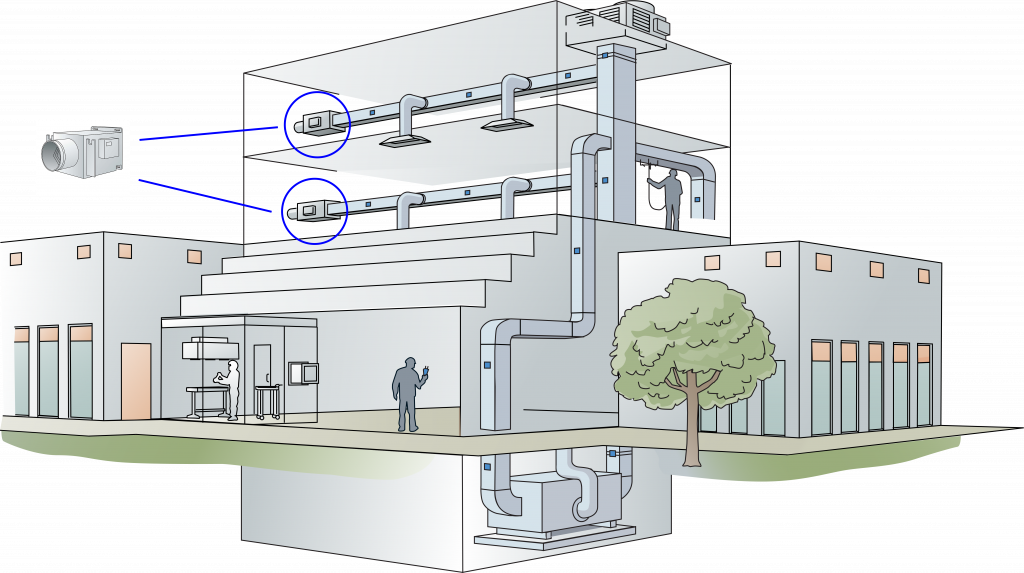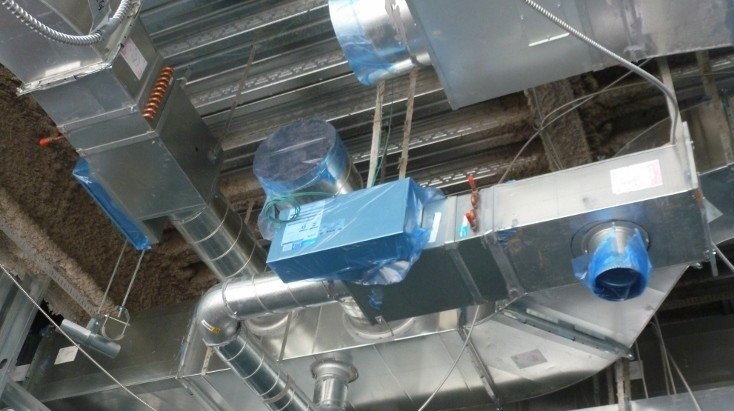Your cart0 Products
There are no products yet

In HVAC system designs using VAV Boxes (Variable Air Volume Terminal Units), accurate calculation of airflow, pressure, and selecting the appropriate VAV type is essential for achieving operational efficiency, energy savings, and desired indoor air quality.

Cooling Load
Qmax = ---------------------------
1.2 x (Tsupply - Tzone)
Where:
#VAVBox #HVACDesign #AirflowCalculation #ComfortEngineering #GreenBuilding #AHRI880 #ASHRAE #SMACNA #AMCA #NSCA #Starduct #NgoiSaoChauA #StarAsia
